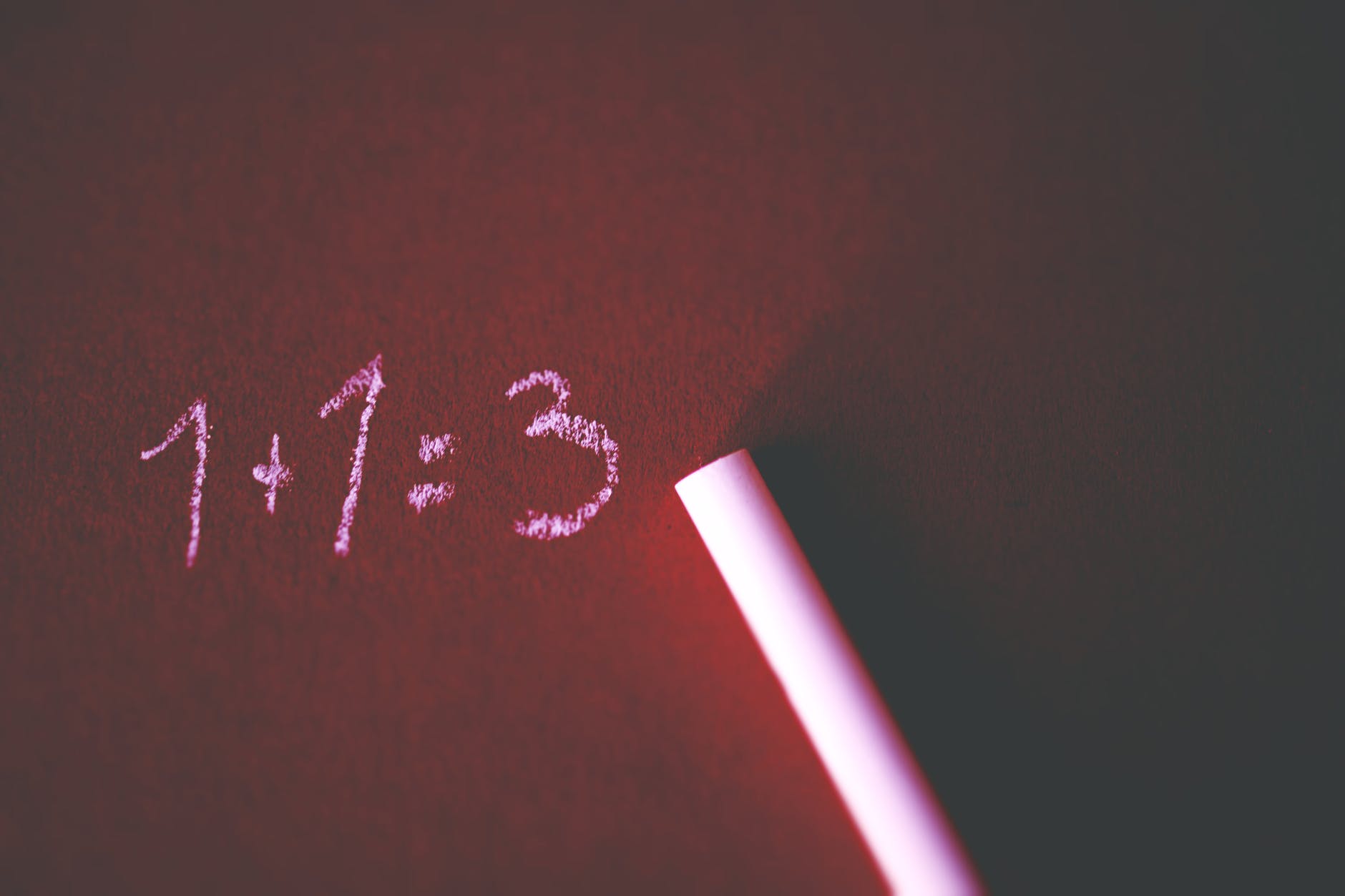When should you use a comma with “and?” Keep two rules in mind, and you will use the comma correctly.
You should use a comma before and when you are combining two ideas that could be individual sentences.
For example, this sentence is correct:
You should use a comma when you have two ideas, and each idea could be an individual sentence.
How do you know this?
The sentence could be rewritten as two sentences:
You should use a comma between two ideas. Each idea could be an individual sentence.
This sentence is incorrect:
You should use a comma to connect two ideas, and between items in a series.
How do you know this?
Because when you split the two parts, one is not a complete sentence:
You should use a comma to connect two ideas. Between items of a series.
Do you see how the second part is not a complete sentence? Therefore, no comma is needed.

What About Using Commas Before “and” in Items of a Series?
There isn’t a hard and fast rule about whether a comma is needed before the and in items of a series. The guideline is that when you have items in a series, you should put a comma before the and:
Today my dog chased after squirrels, gnawed on some bones, and chewed up my slippers.
There is quite a bit of controversy about whether the comma before and is necessary. Some people argue you should only use it if the sentence will be confusing without the comma. But why make things more difficult than they need to be? Use the comma before the and in items of a series, and you won’t be wrong. I dive deeper into the history and controversy surrounding the Oxford Comma in another blog post.
Curious who makes the rules we have to follow? Then check out Who Makes Grammar Rules.
Test your comma knowledge by following the link.

